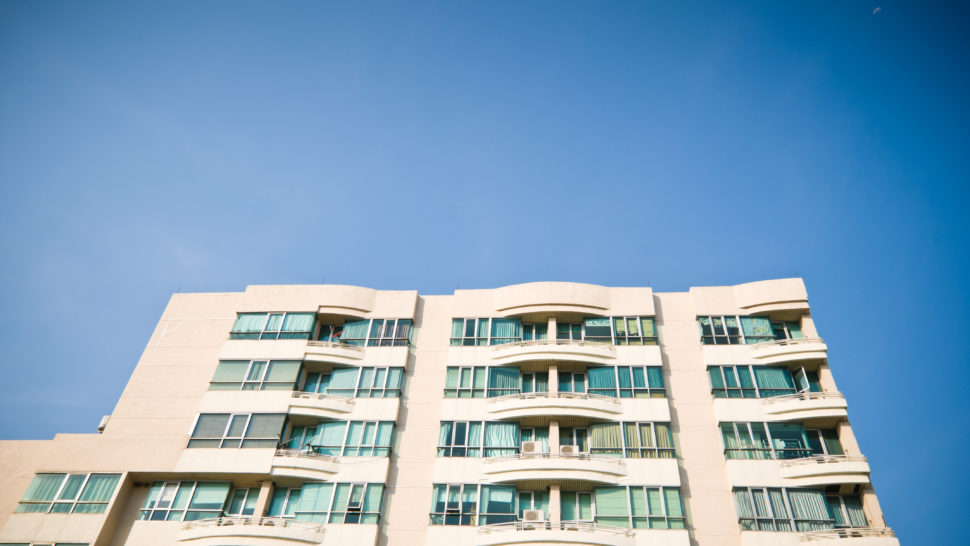Top Myths About HOA Condo Life Debunked
Top Myths About HOA Condo Life Debunked
Blog Article
The Function of an HOA in Developing and Enforcing Neighborhood Guidelines for Locals
The duty of a Homeowners Association (HOA) in establishing and enforcing neighborhood standards is basic to preserving a cohesive and orderly household atmosphere - hoa condo. By creating clear regulations that govern facets such as property upkeep and neighborhood conduct, the HOA not just sets criteria for residents but also promotes a feeling of belonging and responsibility. Nevertheless, the application of these guidelines can present numerous difficulties, elevating concerns concerning area, interaction, and fairness involvement. As we check out these intricacies, it becomes evident that the effect of an HOA prolongs much beyond simple rule enforcement.
Comprehending Homeowners Associations
Homeowners organizations (HOAs) act as controling bodies for residential areas, playing an important function in preserving residential property values and promoting a sense of area. Typically developed by programmers, HOAs are made up of property owners within an assigned location who choose a board to manage the association's tasks. The main features of an HOA consist of imposing neighborhood guidelines, taking care of common locations, and arranging neighborhood events.
HOAs operate under a collection of governing papers, consisting of commitments, conditions, and constraints (CC&R s), which outline the legal rights and duties of house owners. These laws aim to make sure that buildings are kept to a certain standard, consequently securing the visual charm and total value of the community. Additionally, HOAs typically collect charges from home owners to money maintenance, landscaping, and other social work.
The visibility of an HOA can significantly influence the living experience within an area (hoa condo). While some homeowners value the structured environment and services given, others might discover specific laws restrictive. Stabilizing the rate of interests of all homeowners is vital for an HOA to operate successfully, making sure that it serves its desired function of enhancing community living while appreciating private house owner rights
Developing Area Guidelines

To begin, an HOA must carry out surveys or convene that permit locals to voice their problems and tips. This participatory process promotes a sense of possession and raises conformity. Next off, the HOA board need to evaluate the comments to determine typical themes and priorities that warrant official inclusion in the guidelines.
It is additionally necessary to make certain that the standards are clear, succinct, and easily understood. Obscurities can cause problems and misunderstandings, undermining the function of the guidelines. Moreover, the standards must be thorough, covering different aspects of area living, including residential property maintenance, noise degrees, and use common areas.
Enforcement of Regulations
Effective enforcement of neighborhood rules is critical for maintaining order and making certain that all residents stick to the established standards. An HOA must apply an organized method Source to implement these laws, which commonly involves a combination of surveillance, interaction, and penalties for non-compliance.
First, regular inspections and area patrols can help recognize violations, making certain that regulations are regularly applied across the community. This aggressive surveillance enables the HOA to address issues prior to site they intensify, promoting a sense of accountability amongst citizens.
Second, clear interaction is vital. Citizens should be notified of the guidelines and the procedures for reporting infractions. An open line of interaction encourages residents to voice problems and seek clarification on standards, which can enhance compliance.
Last but not least, when infractions occur, the HOA must apply repercussions as laid out in the regulating records. This might consist of cautioning letters, penalties, or, in extreme cases, lawful activity. It is very important that fines are used rather and continually to keep trust fund within the area. By successfully implementing policies, an HOA can cultivate a harmonious living environment that mirrors the cumulative worths of its locals.
Benefits of HOA Rules
Various benefits emerge from the application of HOA policies, which serve to improve the lifestyle within a community. One primary benefit is the upkeep of residential property values. By applying criteria for looks and upkeep, HOAs make certain that homes and typical areas continue to be appealing, cultivating a desirable living environment that can result in increased building values see page with time.
Furthermore, HOA laws promote uniformity and uniformity within the neighborhood. This coherence in style and upkeep helps to produce a feeling of belonging among homeowners, adding to neighborhood satisfaction and a positive ambience. Additionally, developed standards help with problem resolution among neighbors by supplying clear expectations and protocols for habits, therefore reducing conflicts.
Another significant benefit is the stipulation of common services and services. Many HOAs manage neighborhood facilities such as swimming pools, clubs, and parks, which enhance recreational opportunities for citizens. These features not just boost the top quality of life yet also encourage social interaction.
Ultimately, the regulations stated by an HOA cultivate a well-organized, unified community, guaranteeing that citizens take pleasure in a high criterion of living while cultivating a helpful atmosphere for all house owners.
Typical Difficulties Dealt With by HOAs
Amidst the benefits that home owners organizations (HOAs) can give, they likewise come across a variety of challenges that can prevent their performance. One considerable issue is the lack of resident involvement. Several house owners may not participate in conferences or neighborhood activities, leading to a separate in between the HOA board and locals. This disengagement can result in misconceptions regarding community standards and an absence of assistance for enforcement efforts.
Another obstacle is the enforcement of guidelines and laws. Disputes can develop when residents really feel that enforcement is irregular or biased, possibly leading to disputes within the area. Furthermore, HOAs usually deal with economic constraints, which can limit their capability to keep common locations or fund area projects. This can produce frustration amongst locals who anticipate high standards of upkeep.
In addition, browsing legal intricacies can be daunting for HOAs. Evolving and transforming demographics neighborhood needs require HOAs to adjust their standards, typically meeting resistance from long-standing homeowners that are accustomed to traditional standards.
Conclusion

By developing clear regulations that govern elements such as property upkeep and neighborhood conduct, the HOA not just sets requirements for homeowners but likewise cultivates a feeling of belonging and accountability.Homeowners associations (HOAs) offer as controling bodies for domestic neighborhoods, playing a crucial role in preserving building values and fostering a sense of neighborhood. Several homeowners may not take part in meetings or neighborhood tasks, leading to a separate in between the HOA board and residents. Altering demographics and progressing community needs require HOAs to adapt their guidelines, typically satisfying resistance from enduring citizens that are accustomed to typical standards. Via the growth of clear guidelines and regular enforcement, HOAs advertise building upkeep, area satisfaction, and depend on amongst citizens.
Report this page